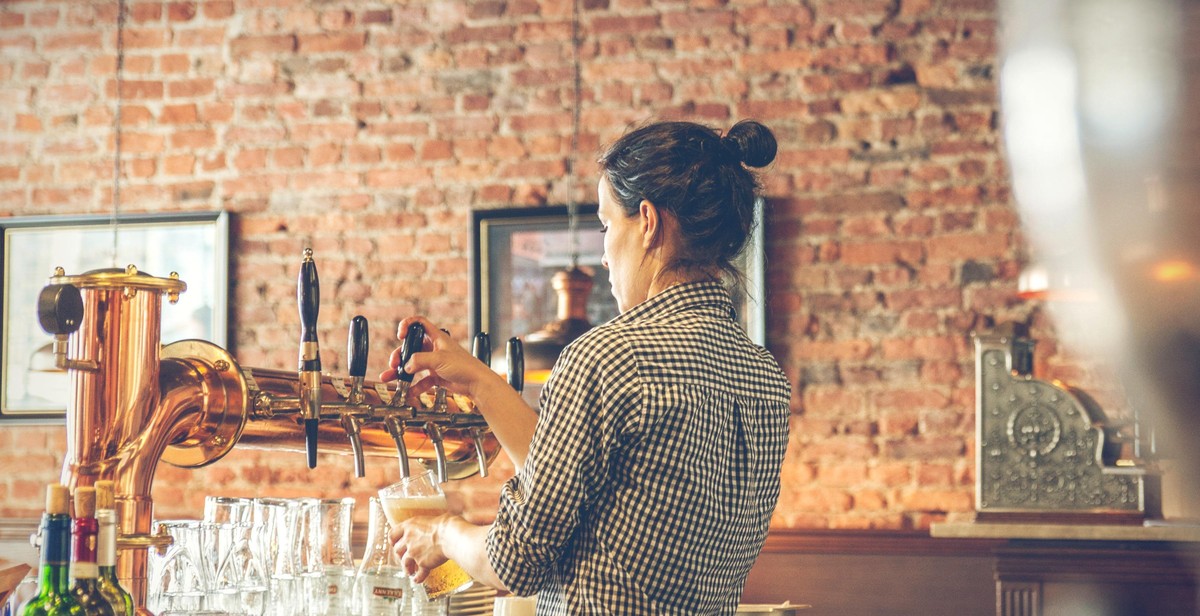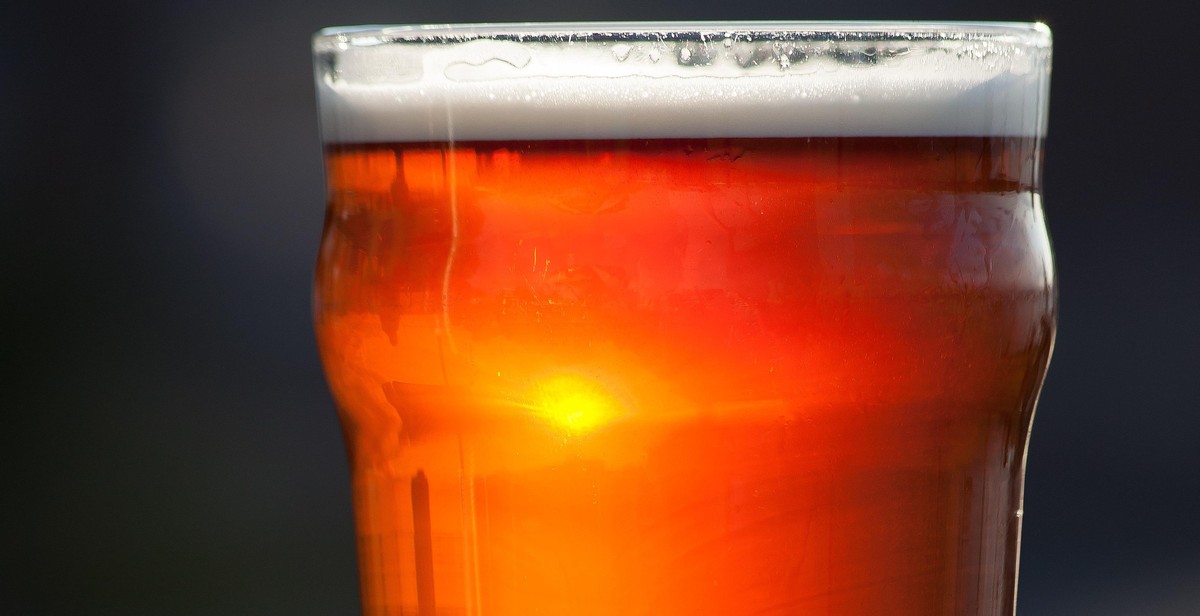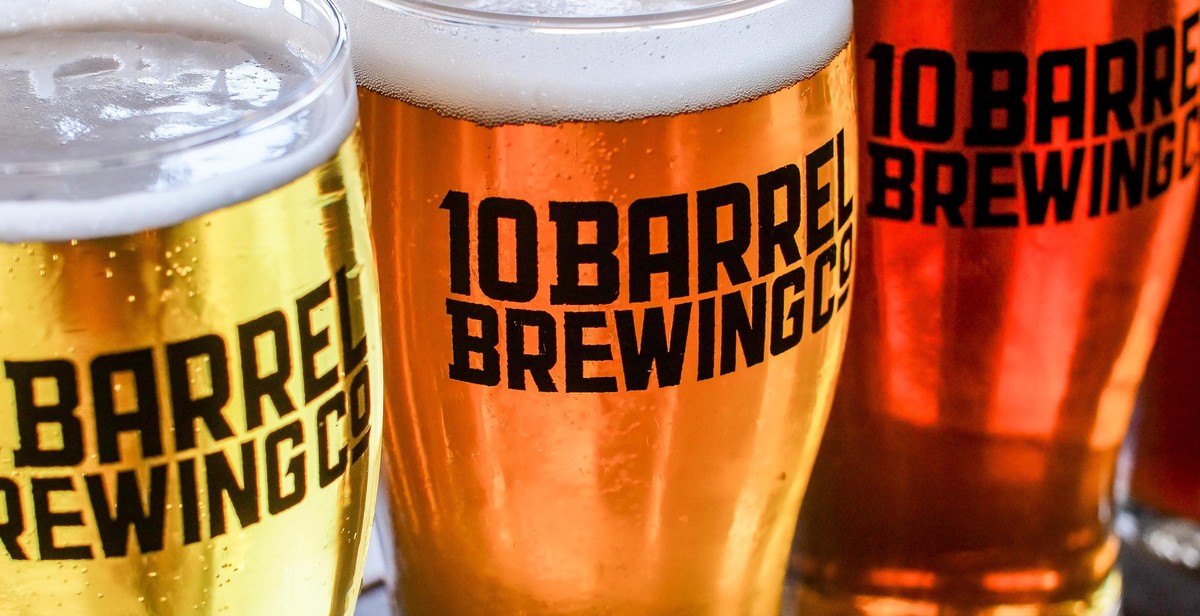How to Brew a Lager Beer: Step-by-Step Guide to Brewing Crisp and Refreshing Lagers
Brewing beer can be an incredibly rewarding experience, especially when you get to taste your own creation. Among the various types of beer, lagers are the most popular. Lagers are known for their crisp and refreshing taste, making them a perfect drink for summer or any day of the year.
However, brewing a lager beer can be challenging, especially for beginners. There are several steps involved in the brewing process that must be followed carefully to ensure the beer turns out just right. As a professional and experienced brewer, I have brewed countless lagers over the years. I have learned from my mistakes and perfected my technique, and I am excited to share my step-by-step guide to brewing a crisp and refreshing lager beer.
Why Brew Your Own Lager?
Brewing your own lager beer is not only a fun and rewarding hobby, but it also allows you to create a beer that is tailored to your preferences. You can experiment with different ingredients and brewing techniques to create a unique beer that suits your taste buds. Additionally, brewing your own beer can save you money in the long run, as you won’t have to constantly purchase beer from the store.
What You’ll Need to Get Started
Brewing a lager beer requires several pieces of equipment and ingredients. Here is a list of the essential items you’ll need to get started:
- Brewing kettle
- Thermometer
- Fermentation vessel
- Airlock and stopper
- Bottles or kegging equipment
- Malt extract
- Hops
- Yeast
- Cleaner and sanitizer
The Step-by-Step Guide to Brewing Lager Beer
Now that you know what you need to get started, let’s dive into the step-by-step guide to brewing a crisp and refreshing lager beer. We’ll cover everything from selecting the right ingredients to bottling the finished product.

What is a Lager Beer?
Lager beer is a type of beer that is fermented and conditioned at low temperatures. It is characterized by its crisp and refreshing taste and is typically light in color and body. The term “lager” comes from the German word “lagern,” which means “to store.” This refers to the process of storing the beer at low temperatures for an extended period, which allows the flavors to develop and the beer to become clear and smooth.
Definition of Lager Beer
Lager beer is brewed using a bottom-fermenting yeast strain, which ferments at cooler temperatures than the top-fermenting yeast used in ales. The fermentation process is slower, taking several weeks or even months to complete. During this time, the beer is stored in a cold environment, typically between 32 and 50 degrees Fahrenheit. This process, known as “lagering,” allows the yeast to continue working and the flavors to develop.
There are many different types of lager beer, including Pilsners, Bocks, and Dunkels. Each has its own unique flavor profile, but all are characterized by their clean taste and smooth finish. Lager beer is also typically lower in alcohol content than ales, making it a popular choice for those who prefer a lighter beer.
History of Lager Beer
The history of lager beer can be traced back to the 15th century in Germany, where brewers began experimenting with new techniques for making beer. At the time, most beer was brewed using top-fermenting yeast, which produced ales. However, some brewers began using a bottom-fermenting yeast strain that was able to ferment at cooler temperatures. This resulted in a beer that was crisper and smoother than ales.
One of the earliest styles of lager beer was the Bock, which originated in the town of Einbeck, Germany. The beer was brewed using a bottom-fermenting yeast strain and was stored in cold caves for several months, allowing the flavors to develop. The beer was later adopted by brewers in Munich, who began brewing their own version of the beer.
Today, lager beer is one of the most popular styles of beer in the world. It is brewed in many different countries and can be found in a wide variety of styles and flavors.

Ingredients for Brewing Lager Beer
Before diving into the step-by-step process of brewing a delicious lager beer, it’s important to understand the key ingredients that go into it. These include:
Water
Water is the foundation of any beer, and it’s no different when it comes to lagers. The type of water you use can impact the flavor and aroma of the final product. Ideally, you want to use soft water with low mineral content to achieve a clean and crisp taste.
Malt
Malt is the backbone of beer and provides the sugar that yeast feeds on during fermentation. For lagers, it’s common to use a light-colored malt such as Pilsner malt to achieve a pale and refreshing beer. Specialty malts can also be used to add complexity and flavor.
Hops
Hops provide bitterness, flavor, and aroma to beer. For lagers, it’s typical to use noble hops such as Saaz, Tettnang, or Hallertau for a mild and floral taste. The amount and timing of hops added can also affect the final product.
Yeast
Yeast is responsible for converting the sugar in the malt into alcohol and carbon dioxide. For lagers, a bottom-fermenting yeast strain such as Saccharomyces pastorianus is used. This type of yeast works best at cooler temperatures and produces a clean and crisp flavor.
| Ingredient | Description |
|---|---|
| Water | Soft water with low mineral content |
| Malt | Light-colored malt, such as Pilsner malt |
| Hops | Noble hops, such as Saaz, Tettnang, or Hallertau |
| Yeast | Bottom-fermenting yeast, such as Saccharomyces pastorianus |
By using these key ingredients in the right proportions and following the step-by-step guide, you can create a delicious and refreshing lager beer that will impress your friends and family.

Equipment Needed for Brewing Lager Beer
Brewing lager beer requires specific equipment to ensure that the process is successful and the beer comes out crisp and refreshing. Here are the essential equipment you will need:
Brew Kettle
The brew kettle is where you will boil your wort. It should be made of stainless steel or aluminum and have a capacity of at least 5 gallons. A lid is also necessary to cover the kettle during the boiling process.
Fermenter
A fermenter is where the wort is placed to ferment. A 6 to 7-gallon plastic fermenter is ideal for brewing lager beer. It should have an airtight lid and a hole for the airlock.
Thermometer
A thermometer is necessary to monitor the temperature of the wort during the brewing process. A digital thermometer is recommended as it provides accurate readings and is easy to use.
Hydrometer
A hydrometer measures the specific gravity of the wort before and after fermentation. It is essential in determining the alcohol content of the beer and ensuring that the fermentation process is complete.
Airlock
An airlock is placed on top of the fermenter to allow carbon dioxide to escape while preventing any air or contaminants from entering the fermenter.
Siphon Hose
A siphon hose is used to transfer the beer from the fermenter to the bottling bucket or keg. It should be made of food-grade plastic and be long enough to reach the bottom of the fermenter.
Conclusion
Having the right equipment is crucial for brewing a delicious lager beer. Make sure to invest in quality equipment to ensure that your brewing process goes smoothly and your beer comes out crisp and refreshing.

Step-by-Step Guide to Brewing Lager Beer
Brewing your own lager beer may seem intimidating at first, but with the right tools and a little patience, you can create a crisp and refreshing beer that will impress your friends and family. Follow these steps to brew your own lager beer:
Step 1: Sanitize Equipment
Before you begin brewing, it is essential to sanitize all of your equipment to prevent contamination. Use a sanitizer solution to clean your fermenter, airlock, siphon, and any other instruments you will be using.
Step 2: Heat Water and Add Malt
Fill your brew kettle with water and heat it to around 150°F. Add your malt to the water, stirring continuously to prevent clumping. Allow the mixture to steep for about an hour, then strain out the grains.
Step 3: Boil the Wort
Once the malt has been removed, bring the water to a boil. This is called the “wort.” Boil the wort for about an hour, stirring occasionally.
Step 4: Add Hops
Add your hops to the wort, following the recipe or your own preferences. Boil for another 30 minutes to an hour, depending on the recipe.
Step 5: Cool the Wort
After boiling, it’s time to cool the wort. Using a wort chiller or an ice bath, bring the temperature down to around 50°F.
Step 6: Pitch the Yeast
Once the wort has cooled, it’s time to add the yeast. Pitch the yeast into the fermenter and seal it with an airlock.
Step 7: Fermentation
Allow the beer to ferment for about two weeks, keeping the temperature around 50°F. During this time, the yeast will convert the sugars in the wort into alcohol and carbon dioxide.
Step 8: Lagering
After fermentation, it’s time to “lager” the beer. This means storing it at a cold temperature, around 35°F, for several weeks to allow the flavors to develop and the beer to clarify.
Step 9: Carbonation
Finally, it’s time to carbonate the beer. Add priming sugar to the beer and transfer it to bottles or a keg. Allow the beer to sit for another week or two to fully carbonate before enjoying.
Now that you know how to brew your own lager beer, it’s time to get started! With a little practice, you’ll be able to create your own unique and delicious brews.

Conclusion
Now that you have learned how to brew a lager beer, you can impress your friends and family with your homemade crisp and refreshing lagers. Remember that brewing lagers requires patience, attention to detail, and proper equipment. Follow the step-by-step guide carefully, and you will be rewarded with a delicious beer that you can enjoy for weeks to come.
Tips for successful lager brewing
- Use high-quality ingredients, including fresh water, malt, hops, and yeast.
- Keep your equipment clean and sanitized to prevent contamination.
- Control the temperature during the brewing process, especially during the fermentation stage.
- Allow enough time for the beer to ferment and condition properly.
- Be patient and resist the temptation to rush the process.
Final thoughts
Brewing lager beer can be a rewarding and satisfying experience. With practice and experimentation, you can develop your own unique recipes and styles. Don’t be afraid to try new things and learn from your mistakes. Remember that brewing beer is a journey, not a destination. Enjoy the process, and cheers to your brewing success!
| Step | Temperature | Duration |
|---|---|---|
| Mashing | 65-67°C (149-153°F) | 60-90 minutes |
| Boiling | 100°C (212°F) | 60-90 minutes |
| Fermentation | 10-15°C (50-59°F) | 2-4 weeks |
| Conditioning | 0-4°C (32-39°F) | 2-4 weeks |
